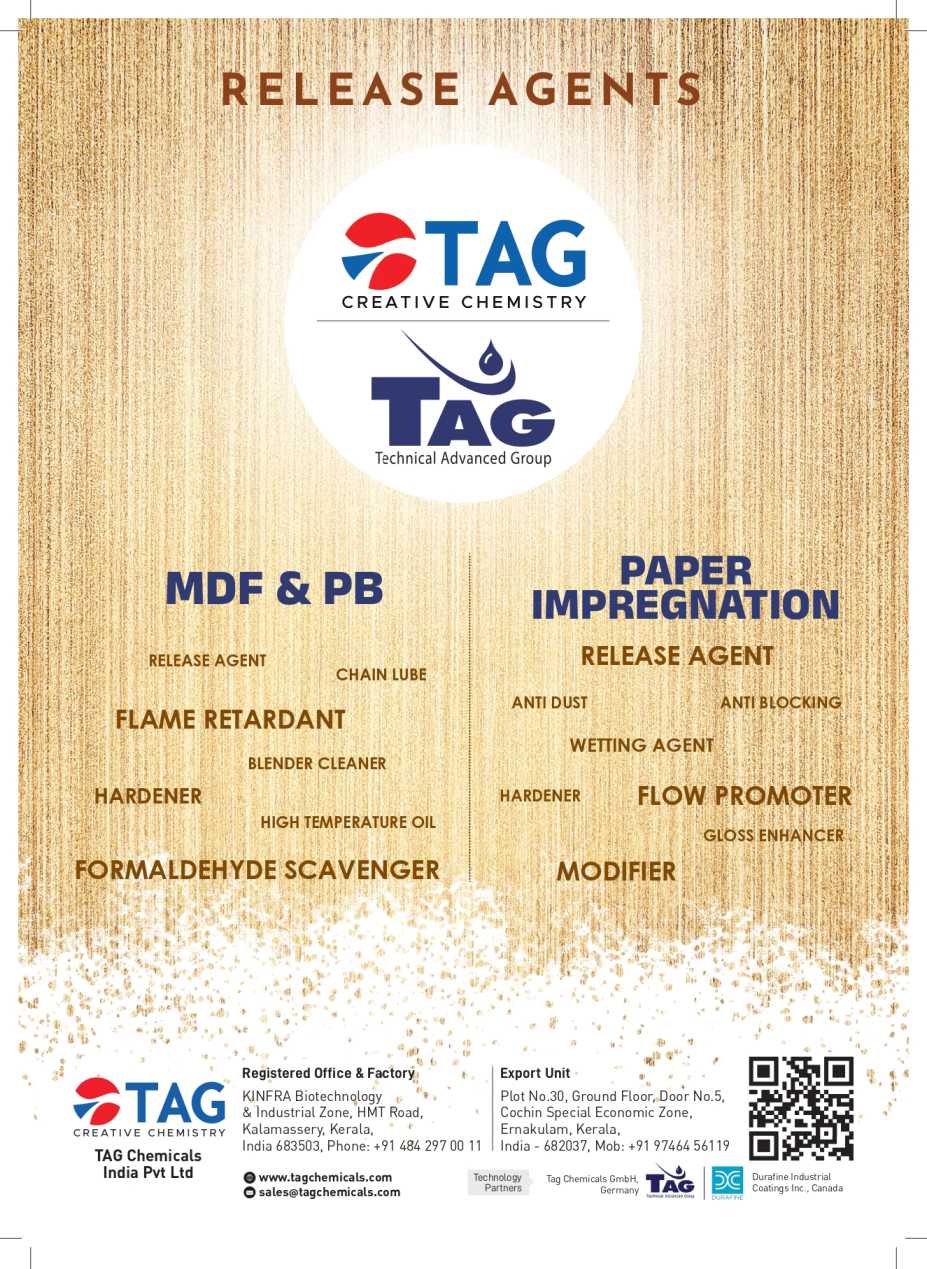
Accounting audit trail mandatory for companies from April
- April 8, 2023
- 0
An audit trail is a record of all the transactions in a company, including financial transactions, operational activities, and administrative tasks.
Starting from 1st April 2023, the Ministry of Corporate Affairs (MCA) has made it mandatory for companies to maintain an audit trail for all their transactions. The new audit trail requirement introduced by the MCA is ahead of its time and is also an essential step towards greater transparency. and accountability in business operations.
So, what exactly is an audit trail? An audit trail is a record of all the transactions in a company, including financial transactions, operational activities, and administrative tasks. It includes information about who initiated the transaction, when it was initiated, and the nature of the transaction. This information is recorded systematically and chronologically, making it easy to trace the history of any particular transaction.
The new requirement by the MCA means that companies will now have to maintain a detailed audit trail of all their transactions. This includes not just financial transactions but also operational and administrative activities. Companies will have to ensure that all transactions are recorded systematically and chronologically and that the records are accurate, complete, and up-to-date.
In addition to these requirements, rules also mandate that companies maintain an audit trail of their activities. The audit trail must contain the following information.
1. Details of every transaction that takes place within the company, including the date, amount and nature of the transaction.
2. Details of every change made to the books of accounts, including the date and nature of the change.
3. Details of all authorization for transactions and changes made to the books of accounts, including the names of the persons who authorized them.
4. Details of all approvals and rejections of transactions and changes made to the books of accounts, including the names of the person who approved or rejected them.
5. Details of all access to the books of accounts, including the date and time of access, and the name of the person who accessed them.
6. Details of all backup and restoration activities related to the books of accounts.
The audit trail must be maintained for at least eight years from the end of the financial year for which it pertains. By maintaining an audit trail, regulators can easily trace the history of any particular transaction and identify irregularities. This can help prevent financial irregularities and ensure that the company complies with all relevant laws and regulations.
कंपनियों के लिए अप्रैल से अकाउंटिंग ऑडिट ट्रेल अनिवार्य
एक ऑडिट ट्रेल एक कंपनी में वित्तीय लेनदेन, परिचालन गतिविधियों और प्रशासनिक कार्यों सहित सभी लेनदेन का रिकॉर्ड है।
1 अप्रैल 2023 से, कॉर्पोरेट मामलों के मंत्रालय (एमसीए) ने कंपनियों के लिए अपने सभी लेनदेन के लिए ऑडिट ट्रेल बनाए रखना अनिवार्य कर दिया है। एमसीए द्वारा शुरू की गई नई ऑडिट ट्रेल आवश्यकता अपने समय से आगे है और व्यापार संचालन में अधिक पारदर्शिता और उत्तरदायित्व की दिशा में एक आवश्यक कदम भी है।
तो, ऑडिट ट्रेल वास्तव में क्या है? एक ऑडिट ट्रेल एक कंपनी में वित्तीय लेनदेन, परिचालन गतिविधियों और प्रशासनिक कार्यों सहित सभी लेनदेन का रिकॉर्ड है। इसमें लेनदेन की शुरुआत किसने की, कब शुरू की गई और लेनदेन की प्रकृति के बारे में जानकारी शामिल है। यह जानकारी व्यवस्थित और कालानुक्रमिक रूप से दर्ज की जाती है, जिससे किसी विशेष लेन-देन के इतिहास का पता लगाना आसान हो जाता है।
एमसीए की नई आवश्यकता का मतलब है कि कंपनियों को अब अपने सभी लेन-देन का विस्तृत ऑडिट ट्रेल बनाए रखना होगा। इसमें न केवल वित्तीय लेन-देन बल्कि परिचालन और प्रशासनिक गतिविधियां भी शामिल हैं। कंपनियों को यह सुनिश्चित करना होगा कि सभी लेन-देन व्यवस्थित और कालानुक्रमिक रूप से दर्ज किए गए हैं और रिकॉर्ड सटीक, पूर्ण और अद्यतित हैं।
इन आवश्यकताओं के अलावा, नियम यह भी अनिवार्य करते हैं कि कंपनियां अपनी गतिविधियों का ऑडिट ट्रेल बनाए रखें। ऑडिट ट्रेल में निम्नलिखित जानकारी होनी चाहिए।
1. लेन-देन की तारीख, राशि और प्रकृति सहित कंपनी के भीतर होने वाले प्रत्येक लेन-देन का विवरण।
2. परिवर्तन की तिथि और प्रकृति सहित खातों की पुस्तकों में किए गए प्रत्येक परिवर्तन का विवरण।
3. लेन-देन के लिए सभी प्राधिकरणों का विवरण और खातों की पुस्तकों में किए गए परिवर्तन, उन व्यक्तियों के नाम सहित, जिन्होंने उन्हें अधिकृत किया था।
4. लेन-देन की सभी स्वीकृतियों और अस्वीकृतियों और खातों की पुस्तकों में किए गए परिवर्तनों का विवरण, जिसमें उस व्यक्ति के नाम शामिल हैं, जिसने उन्हें अनुमोदित या अस्वीकार किया है।
5. खातों की पुस्तकों तक सभी पहुंच का विवरण, पहुंच की तिथि और समय सहित, और उस व्यक्ति का नाम जिसने उन्हें एक्सेस किया।
6. खातों की पुस्तकों से संबंधित सभी बैकअप और बहाली गतिविधियों का विवरण।

ऑडिट ट्रेल को वित्तीय वर्ष के अंत से कम से कम आठ साल तक बनाए रखा जाना चाहिए, जिसके लिए यह संबंधित है। ऑडिट ट्रेल बनाए रखने से, नियामक आसानी से किसी विशेष लेनदेन के इतिहास का पता लगा सकते हैं और अनियमितताओं की पहचान कर सकते हैं। यह वित्तीय अनियमितताओं को रोकने में मदद कर सकता है और यह सुनिश्चित कर सकता है कि कंपनी सभी प्रासंगिक कानूनों और विनियमों का अनुपालन करती है।


































































